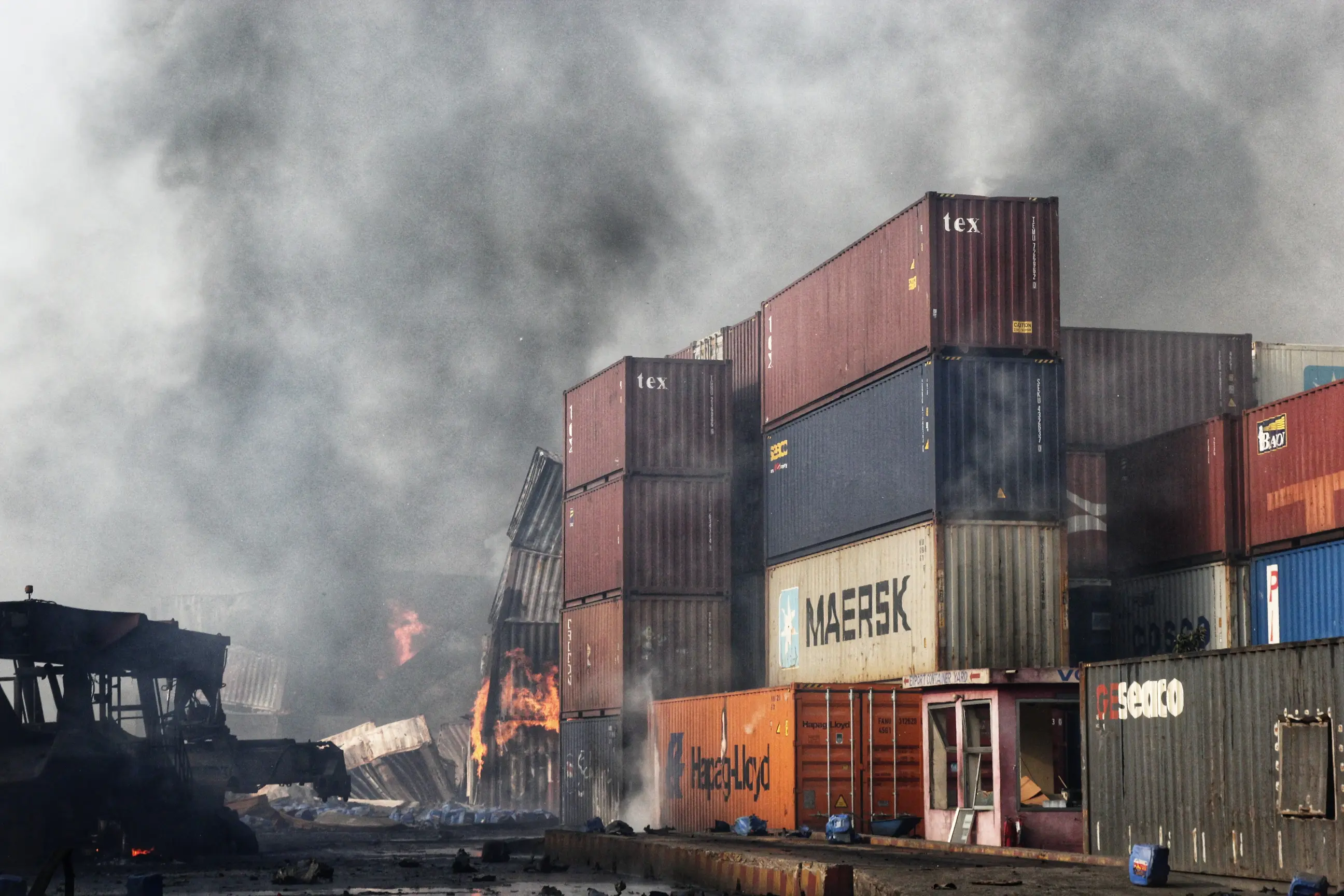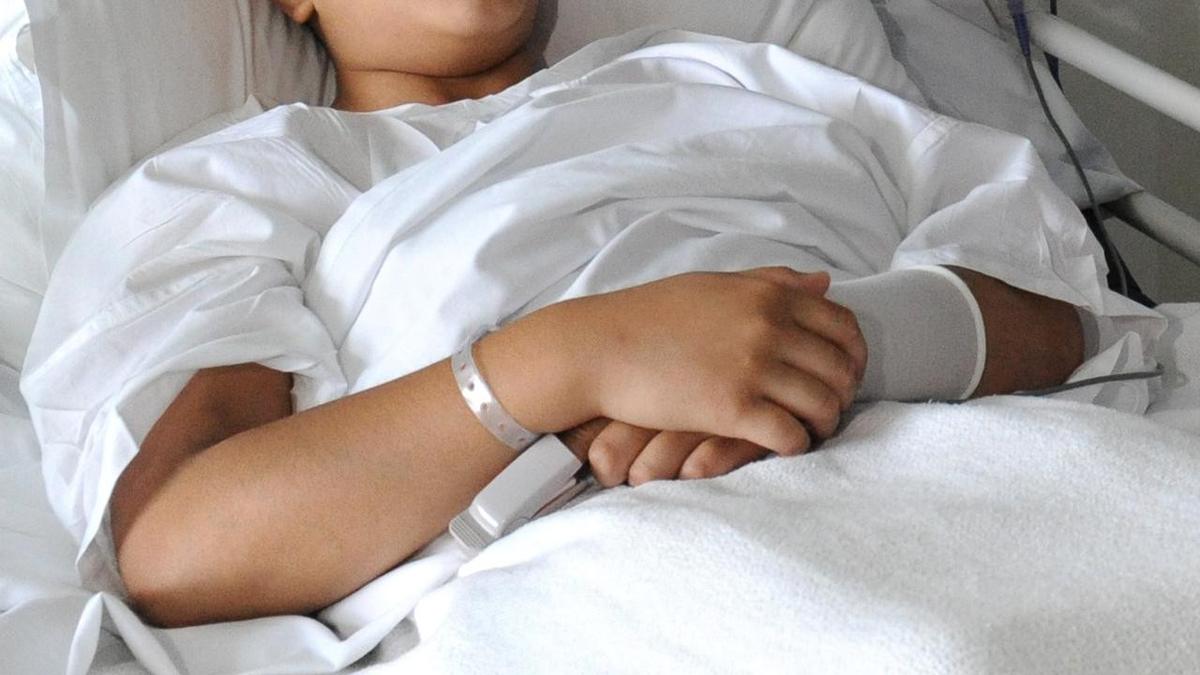Copyright netra

In a café in Dhaka’s Khilgaon, the air is thick with the aroma of coffee, the glow of dim lights, and the hum of evening chatter. A perfect yet brief respite, perhaps, after a long day of work in the capital. Shakil, a civil engineering student, is among the patrons, working on an academic assignment. His two friends sit nearby, caught up in a heated debate about the previous day’s cricket match. But everything could change at any moment. Beside the café’s kitchen hangs a tangled web of electrical wires, and no one really noticed the absence of fire extinguishers. The café, located on the fifth floor and accessible only by a single lift, has no other exit. On February 29th 2024, the same capital city came to a standstill, engulfed in horror after a fire on Bailey Road. A café in a commercial building—housing multiple other eateries—caught fire, claiming 46 lives. While most deadly fire incidents in Bangladesh have occurred in factories and warehouses, this was the first time such a large number of people died in a restaurant fire, adding a new scar to the country’s ongoing struggle with fire hazards. One fire after another, each claiming more lives, exposes an undeniable truth: these are not isolated incidents in Bangladesh but rather a terrifying reality deeply woven into everyday life. Offices, restaurants, factories and shopping malls stand like ticking time bombs. After each tragedy, there is a burst of awareness, a flurry of inspections and drives. Yet within days, complacency returns, and the cycle of negligence resumes, as if this fatal indifference were the nation’s normal state of being. In the last 10 years (2015–2024) alone, a total of 1,192 people have died in fire accidents. At the same time, 13 major fires in the last two decades claimed 560 lives. Despite these deadly numbers, the authorities have done little to nothing to effectively address fire risk. A nation at fire risk Data from year-round operations by the Fire Service and Civil Defence reveal a stark reality: at least 3,745 establishments across the country face a direct risk of fire. Of the nearly 4,000 inspected institutions, more than 99 percent were found to be either “risky” or “highly risky.” About 569 buildings fall under the category of severe risk, while only five were deemed “satisfactory.” Among the thousands of fire-prone establishments are cafés, supermarkets, hospitals, factories, and residential buildings — virtually every type of structure imaginable. At the top of the risk list are restaurants and cafés. Uncontrolled use of gas cylinders, faulty electrical wiring, and grease-filled chimneys in kitchens have turned many of these places into death traps. In Dhaka alone, there are 369 cafés and restaurants classified as hazardous. According to official records, all six branches of the popular biryani chain Kacchi Bhai have been deemed risky. The devastating fire on Bailey Road in 2024 broke out in the same building that housed one of its branches on the second floor. Two employees of Kacchi Bhai lost their lives in that inferno, along with an unknown number of others, according to victims. Among the victims were Italy-expatriate Syed Mobarak Hossain (48), his wife Swapna Akter, their three children Fatema Tuz Johra Kashfia (19), Amena Akter Noor (13), and Syed Abdullah (8). Mobarak, who had lived in Italy for years, had returned to Dhaka to take his family back with him. They had gone to Kacchi Bhai to celebrate the joy of receiving their visas — but returned as charred bodies. Humayun Kabir Masud lost his friend, Tushar Hawlader, in the fire that broke out on February 29th 2024. Masud thinks the building itself was one of the main reasons so many people died that day. “No government agency or department conducts proper investigations into these incidents,” he said. Beyond Bailey Road, according to the Fire Service’s own list, the Wari, Bangshal, Mohammadpur, and Uttara branches of Kacchi Bhai are classified as “risky,” while the Mirpur and Khilgaon outlets are labeled “extremely risky.” “If even now all six branches of Kacchi Bhai remain fire hazards, then what exactly are these authorities doing? I no longer see Tushar’s death as an accident — it feels more like murder. Everyone connected to such negligence should be held accountable,” added Masud. Netra News contacted Kacchi Bhai authorities through email, phone, and social media for their response but to no avail. Just as restaurants pose grave risks, so do hotels and resorts. In the coastal tourist city of Cox’s Bazar alone, 355 hotels and resorts have been identified as being in serious danger. Should a fire break out in any of these upscale establishments, tourists would likely face chaos and tragedy — unfamiliar layouts, confusing designs, and the absence of clear emergency exits could turn a moment of leisure into a fight for survival. Jhenaidah has 110 markets and supermarkets identified as being at high risk of fire, while Narayanganj has 47. In these places, large quantities of flammable materials are stored amid haphazard electrical wiring, meaning even a single spark could trigger a devastating blaze. On April 4th 2023, a massive fire swept through the Bangabazar clothing market in Dhaka, destroying nearly 3,845 shops. It took firefighters about 75 hours to bring the flames fully under control. The “New Market” — a traditional landmark in both Dhaka and Chattogram — has counterparts in nearly every district across the country, each facing similar dangers. The list identifies severe fire risks in the New Market complexes of Narayanganj, Faridpur, Cumilla, Feni, Naogaon, Moulvibazar, Gaibandha, and Panchagarh. Even more alarming is the situation in the healthcare sector. Many hospitals and clinics continue to operate under serious fire hazards. In Sirajganj, 22 hospitals are at risk; in Noakhali, 19; and in Munshiganj, 12. The absence of automatic fire alarms, emergency exits, and trained personnel leaves patients in extreme The list also includes government-run upazila health complexes. Facilities in Sirajganj, Feni, Bhola, Naogaon, and Satkhira have all been flagged as fire-prone by the Fire Service. A study titled “Fire Risk in Urban Bangladesh: A Case Study-Based Evaluation” by researchers Md. Maksudur Rahman and Asmaul Husna Siddique, published in the Current Urban Studies journal, paints a grim picture of Bangladesh’s fire vulnerability. According to their findings, Dhaka district faces the highest level of fire risk, with Dhaka City Corporation identified as the most hazardous zone. Parts of Keraniganj and Savar were also categorised as extremely high-risk areas. Their research highlights a deeply worrying rise in fire incidents — a trend echoed by data on the Fire Service’s official website. In 2020, there were 21,073 reported fires across the country. By 2022, that number had surged to 24,102. The study estimates that these incidents cause around 50 million US dollars in economic losses annually and claim between 700 and 1,200 lives each year. Strikingly, about 85 percent of these deaths are not caused by the flames but by suffocation — victims trapped inside buildings inhale thick smoke and toxic gases released during the fires.



